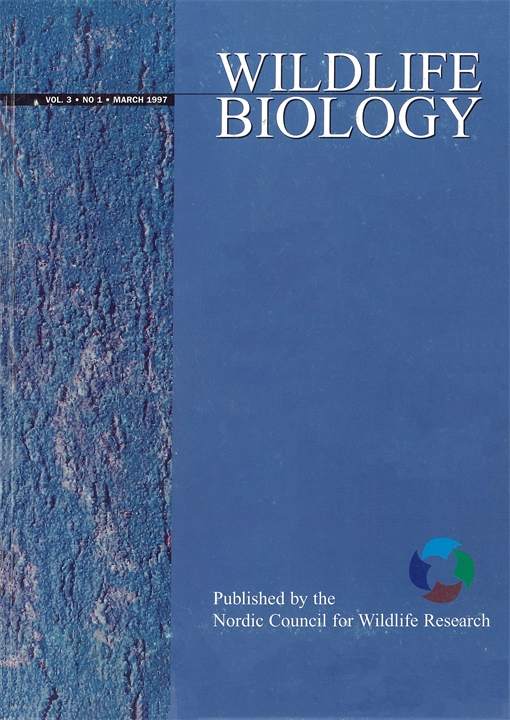This paper reports on field tests of an animal-borne GPS telemetry system for moose Alces alces in northern Sweden. Tests involved accuracy of locations (standard mode GPS), percentage of successful location attempts under different canopy conditions, effect of movement, and performance of the GPS telemetry system on free-ranging moose. Locational accuracy was better than 92 and 183 m 95% of the time, and better than 42 and 74 m 50% of the time, respectively, dependent on whether the GPS receiver recorded a 2- or 3-dimensional location (3 or 4 satellites used to calculate the location). Percentage of successful location attempts ranged within 69–100%, and varied inversely with over-storey canopy cover and basal area of stems. Thick canopy cover and high stem basal area reduced locational accuracy and the percentage of successful location attempts. A backpack trial indicated that movement rate of 3–4 km/hour may reduce the percentage of successful location attempts under forest canopy. On moose, approximately 75% of attempts resulted in a location, the success rate being highest during winter/spring and lowest during fall. It is concluded that GPS has a great potential in wildlife telemetry studies, but effects of movement and habitat selection have to be addressed further.
How to translate text using browser tools
1 March 1997
Field test of a GPS location system for moose Alces alces under Scandinavian boreal conditions
Lars Edenius





